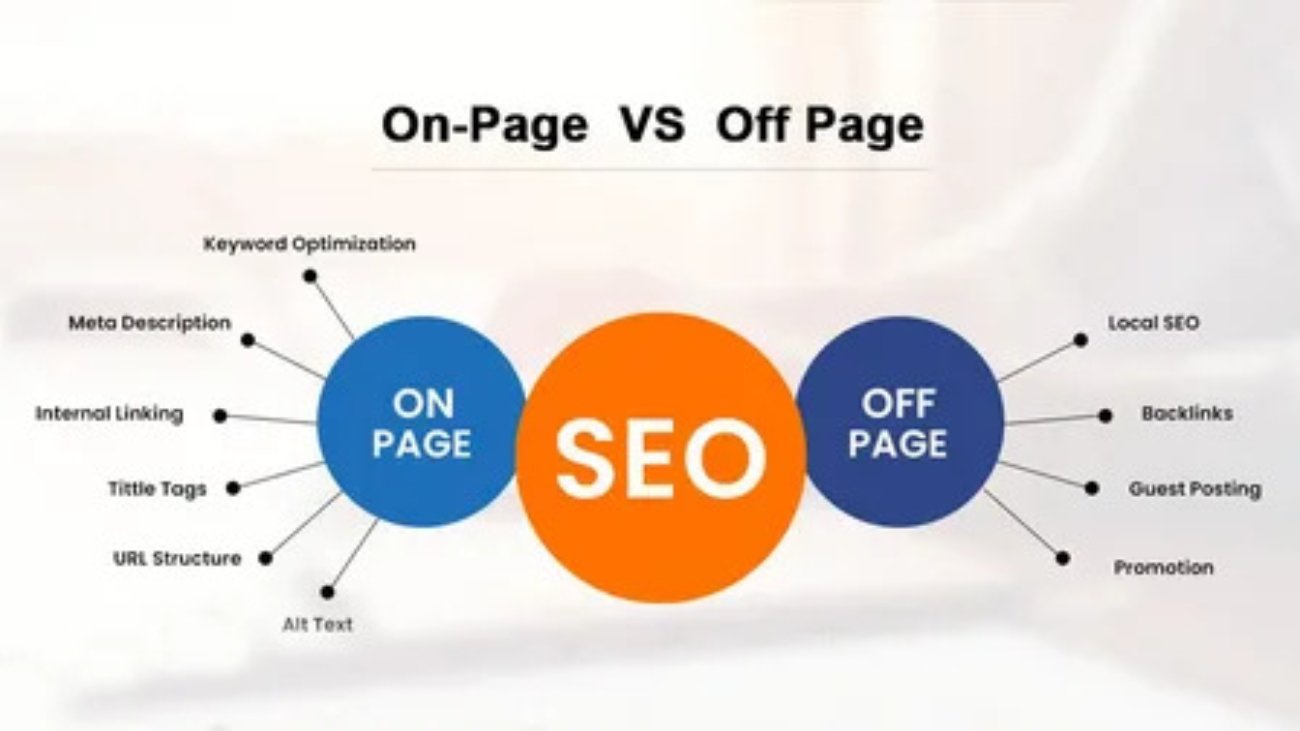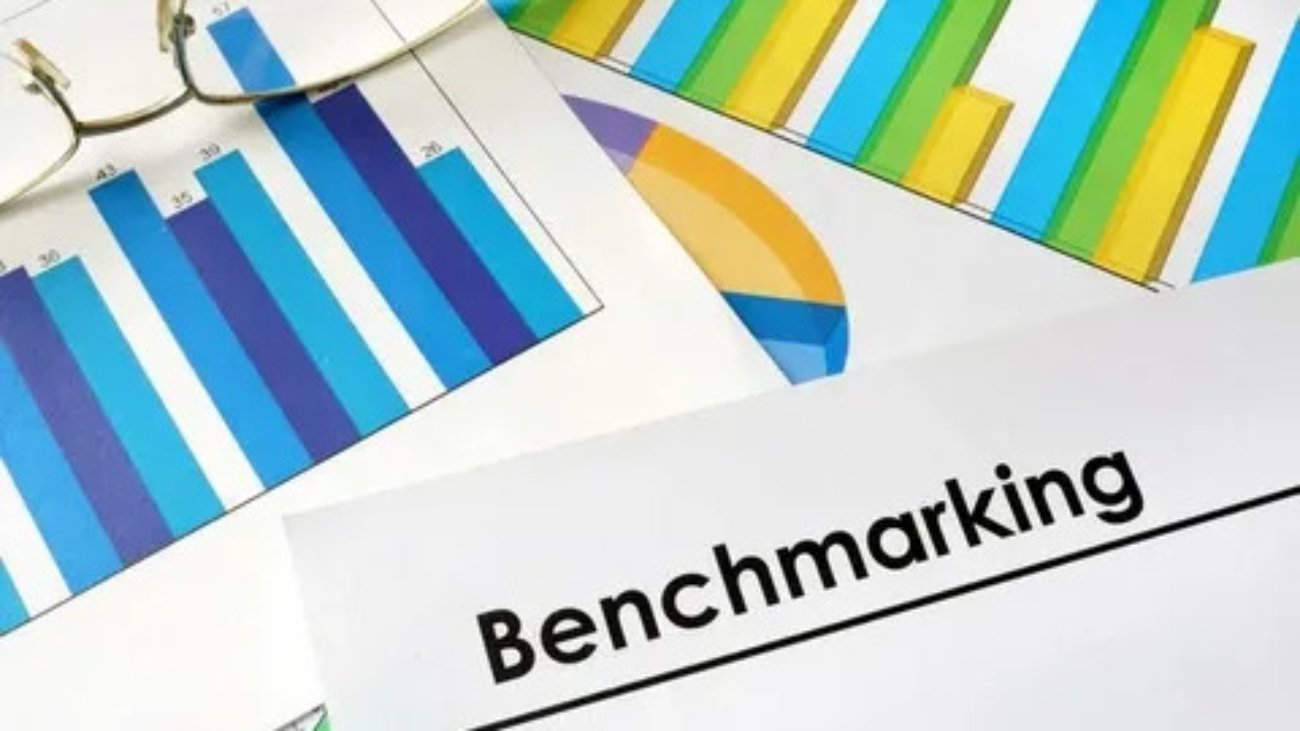In the world of digital marketing, few debates are as long-standing and pivotal as On-Page vs. Off-Page SEO. Both are essential components of a comprehensive SEO strategy, but which one truly holds the key to boosting Domain Authority (DA)?
As we step into 2025, search engine optimization has evolved beyond keywords and backlinks. Today’s SEO demands a smarter, user-centric approach that merges technical skills, strategic planning, and authentic digital branding. In this article, we’ll break down the differences between On-Page and Off-Page SEO, analyze their roles in DA growth, and help you decide where to focus your efforts.
Understanding Domain Authority (DA)
Before comparing the two SEO disciplines, it’s important to understand what Domain Authority is. Developed by Moz, DA is a predictive metric scored from 1 to 100 that estimates a website’s ability to rank on search engines. The higher your DA, the more likely you are to outperform competitors in SERPs (Search Engine Results Pages).
Factors that influence DA:
-
Quality and quantity of backlinks
-
Site structure and internal linking
-
Content relevance and engagement
-
Technical performance
-
Link root domains
So, what boosts DA more effectively On-Page or Off-Page SEO? Let’s explore.
What Is On-Page SEO?
On-Page SEO involves optimizing elements within your website to make it more visible and understandable to search engines and users alike. It encompasses content, HTML tags, site speed, and more.
Key On-Page SEO Skills in 2025:
-
Content Optimization: Crafting high-quality, keyword-rich content with user intent in mind.
-
Technical SEO: Ensuring fast load speeds, mobile responsiveness, and proper indexing.
-
Internal Linking: Structuring internal pages to pass link equity and improve crawlability.
-
Schema Markup: Implementing structured data for better SERP visibility.
-
UX and Accessibility: Delivering seamless user experience across devices.
How On-Page SEO Supports DA:
-
Encourages longer dwell time and lower bounce rates
-
Makes your site more attractive for natural backlinks
-
Signals authority and expertise to search engines
On-page improvements lead to indirect gains in DA by creating a trustworthy, engaging site that earns backlinks naturally and performs well across SEO metrics.
What Is Off-Page SEO?
Off-Page SEO refers to optimization efforts that occur outside your website, primarily aimed at building authority, trust, and online reputation.
Key Off-Page SEO Tactics:
-
Backlink Building: Earning quality backlinks from high-DA domains.
-
Digital PR: Getting featured on authoritative media outlets.
-
Social Signals: Gaining shares, mentions, and engagement on social media platforms.
-
Guest Posting: Publishing articles on external sites with backlinks.
-
Brand Mentions: Earning non-linked brand references to boost visibility.
How Off-Page SEO Supports DA:
-
Directly improves link profile, which is the core of DA
-
Signals trustworthiness and relevance to search engines
-
Enhances brand reputation and increases referral traffic
Off-page SEO is fundamental to DA growth because backlinks and mentions from credible sources are a direct input into how tools like Moz calculate DA.
The Case for On-Page SEO: Foundation First
A house built on sand won’t stand and the same goes for a website without strong On-Page SEO. Before chasing backlinks, ensure your content and infrastructure are ready to receive them.
Why On-Page SEO Matters First:
-
No one wants to link to a poorly optimized site.
-
Search engines need to understand your content to rank it.
-
Solid on-page efforts make off-page outreach more effective.
A well-structured site with optimized content increases conversion rates, engagement, and organic link acquisition, making it the perfect DA foundation.
The Case for Off-Page SEO: The DA Driver
While On-Page SEO sets the stage, Off-Page SEO is the real driver of Domain Authority. Google places immense value on third-party endorsements in the form of backlinks and brand mentions.
Why Off-Page SEO Is Essential:
-
DA is largely link-based, and links come from external sources.
-
High-authority backlinks improve your own DA more than any on-page tweak.
-
Off-page strategies build long-term credibility and digital reputation.
Think of it this way: you can have the most beautiful website in the world, but if no one knows about it or links to it, your DA will remain stagnant.
Striking the Right Balance
Instead of choosing between On-Page and Off-Page SEO, your goal should be balance and integration. In fact, they work best when combined.
Successful DA Growth Strategy in 2025:
-
Build a technically sound, content-rich website (On-Page SEO).
-
Amplify that content with link outreach and PR campaigns (Off-Page SEO).
-
Monitor performance using analytics tools to refine both approaches.
-
Stay updated with Google algorithm changes and adapt accordingly.
SEO synergy is the key. When your content earns backlinks naturally and your backlinks point to content worth reading, your DA increases sustainably.
Advanced SEO Skills You Need for DA Growth
To master both On-Page and Off-Page SEO in 2025, hone the following skills:
-
SEO Content Strategy: Mapping topics to user intent and keywords.
-
Technical SEO Mastery: Site speed, crawlability, structured data.
-
Link Building Expertise: Outreach, HARO, broken link building.
-
Analytics and Reporting: Using GA4 and Moz to measure DA growth.
-
Digital PR & Influencer Outreach: Building authority through relationships.
Investing in these advanced SEO strategies will position your site for long-term DA growth and top rankings.
Measuring the Impact: Tools You Need
Want to track how your SEO strategies are affecting Domain Authority? Use these tools:
-
Moz Link Explorer – for DA score tracking and backlink analysis
-
Ahrefs – for comprehensive backlink auditing and competitor comparison
-
SEMrush – for keyword tracking, site audits, and link monitoring
-
Google Search Console – to identify crawl issues and traffic sources
-
Screaming Frog – to optimize on-page elements at scale
These tools help you audit both on-page SEO and off-page SEO, so you know where to improve and how it affects your DA over time.
Final Verdict: Which Matters More?
So, what’s more important for Domain Authority On-Page or Off-Page SEO? If DA is your primary goal, Off-Page SEO is the winner. Backlinks remain the strongest signal in Moz’s DA calculation.
However, don’t neglect On-Page SEO. It’s the foundation that supports and enhances your off-page efforts. Without a strong internal structure, even the best backlink profile can fall short.
The most successful SEO professionals in 2025 understand this balance. They build high-performing, optimized websites and then go out and promote them through strategic link-building campaigns.
Final Thoughts
In the evolving SEO landscape of 2025, mastering the interplay between On-Page and Off-Page SEO is non-negotiable. To grow your Domain Authority, start by strengthening your on-page foundation—then supercharge it with high-quality backlinks, brand mentions, and digital PR.
Instead of treating On-Page and Off-Page SEO as competitors, see them as collaborators. Their synergy determines whether your website thrives or stays invisible.


